It’s road trip time! You’ve got the snacks handy, the playlist blasting, and Google maps pulled up. All that’s left to do is pull onto the freeway and set your cruise control. Whether it’s on the daily commute or a scenic drive of historic Route 66, cruise control is something we sometimes take for granted, so let’s address some of the most common cruise questions.
What is Cruise Control?
Cruise control is a helpful tool that allows you to maintain a designated speed without manually applying the accelerator. Once you’ve gotten to the speed you desire, turning on cruise allows you to take your foot off the gas while the vehicle maintains the set speed. The technology was invented by Ralph Teetor, a blind automotive engineer who noticed that his lawyer, while driving, would slow down when listening to a conversation and speed up when talking.
The system works by actively adjusting the car’s throttle, so that the vehicle maintains speed without the driver’s intervention. Teetor called his innovation the “Speedostat,” and it was patented in 1948 and launched in the Chrysler Imperial. When General Motors began incorporating the feature into their Catillac designs, they coined the term “cruise control.”
Is it Better to Drive with Cruise Control?
Cruise control is a convenience while driving long stretches, allowing you to be more alert to what is going on around you instead of focusing on holding a certain speed. It can also facilitate a more fuel-efficient drive. Constant changes in acceleration tend to consume more gas, so using cruise regularly can help you save an average of 7-14% on fuel.
Does Cruise Control Damage Your Car?
Cruise control is very safe for your car. Not only is it fuel efficient, but it also limits the wear and tear your car experiences from braking and accelerating constantly.
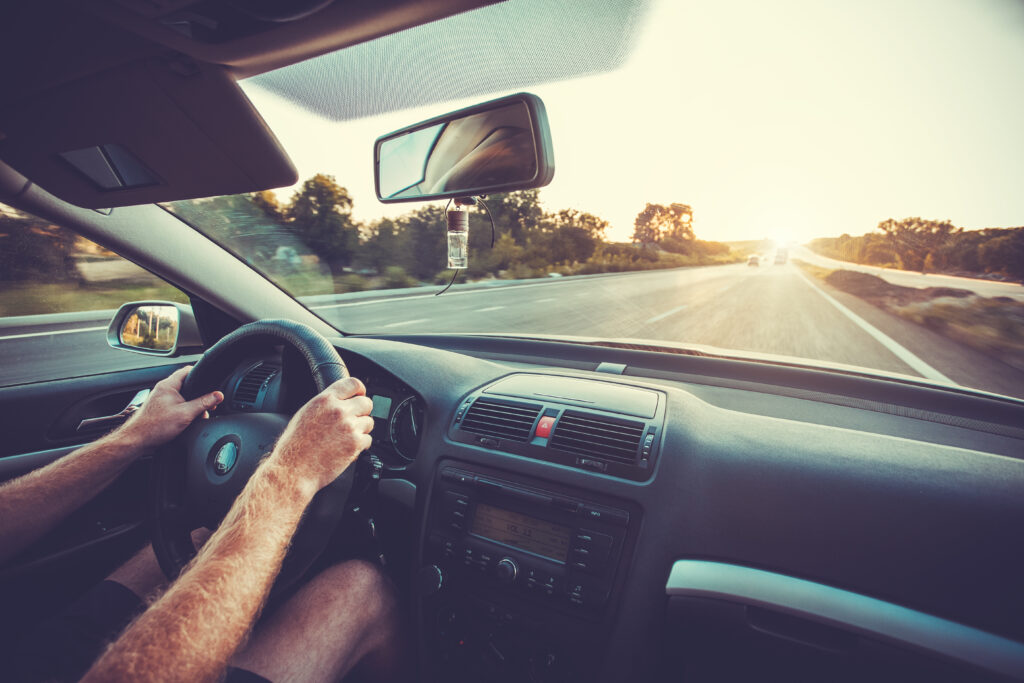
Is Cruise Control Safe?
Cruise control itself is a very safe feature, good for the efficiency and longevity of your vehicle. Danger can arise if a driver becomes too reliant on cruise or complacent when it is on. It is important to remain alert even if you do not have to manually maintain speed. Cruise should not be used in all situations.
When Should You Not Use Cruise Control?
The driver is ultimately responsible for the safety of the vehicle and the passengers inside of it. Be wise when considering the terrain and weather conditions and use good judgment to know when using cruise control is appropriate. Here are some common guidelines for when to avoid setting your cruise.
In Wet Weather
There is a myth in circulation that using cruise control in rainy conditions will automatically cause your vehicle to hydroplane. The truth is not so cut and dry. Hydroplaning occurs because of loss of grip due to standing water, so it is a possibility whether cruise is set or not. The outcome of hydroplaning depends on how a driver responds to the loss of control. While your car will not suddenly begin hydroplaning when you turn on cruise in wet weather, it is wiser to avoid automated speed control in the rain or snow. Slick roads in combination with cruise control operation can lead to skidding or spinning, even if your car is equipped with ACC or traction control.
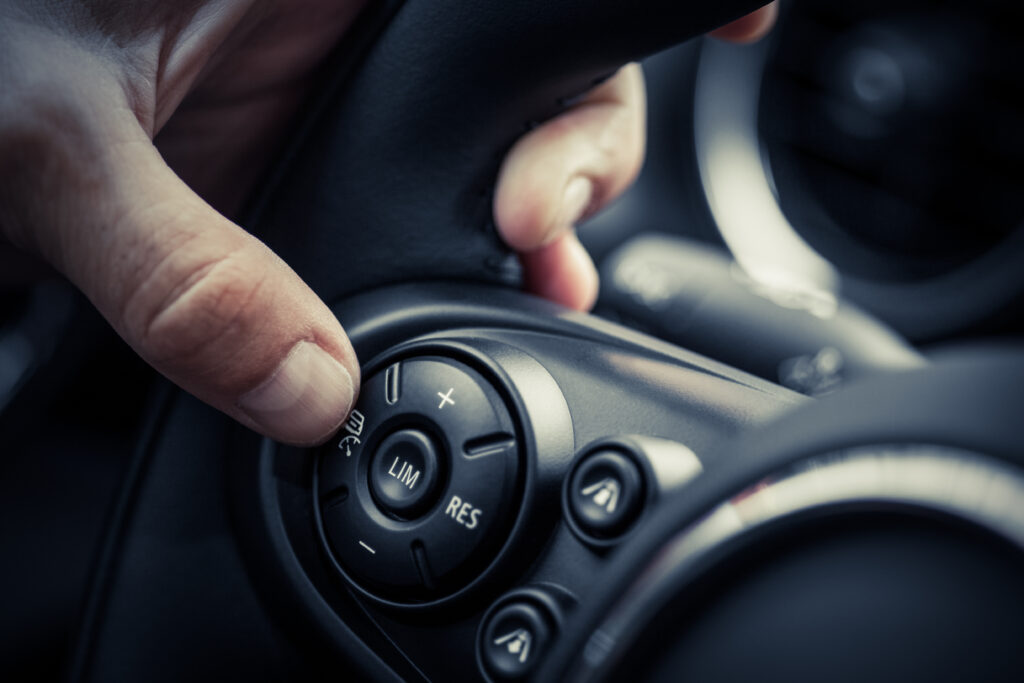
When You’re Drowsy
The convenience of cruise control is unmistakable, but if it leads to complacency when drowsy, it should be avoided. If you feel drowsy while driving, do not just try to push through and use cruise to get you to your destination as quickly as possible. Instead, pull over and get some rest. For your safety and the safety of others on the road, do not let the ease of cruise lull you to sleep.
About Town
Cruise is best used on long stretches of uninterrupted driving. Running errands around town, with pedestrians, cars pulling out of parking spaces, and ever-changing traffic lights, is not the ideal time to turn it on.
In Heavy Traffic
Even though the freeway is a common place to use cruise control, in times of heavy traffic, it is better to refrain. Assuming everyone around you is matching your 75 mph is dangerous when many people are entering or exiting the highway, when people slow down to gawk at accidents or to slip under a highway patrolman’s radar, or when commuter congestion is rampant.
On Winding Roads
Cruise control is not an auto-pilot. It will not compensate for corners, only preserve the set speed. It is up to a driver to make adjustments for bends in the road. Remain alert, assess the conditions and angles of the road and adjust your vehicle’s speed accordingly.

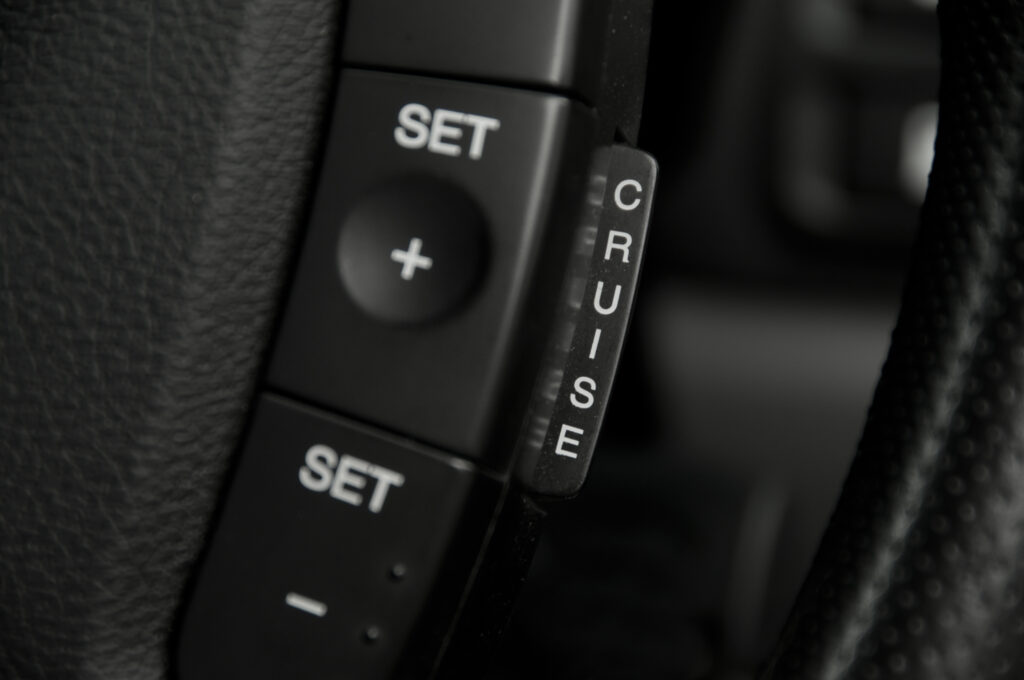

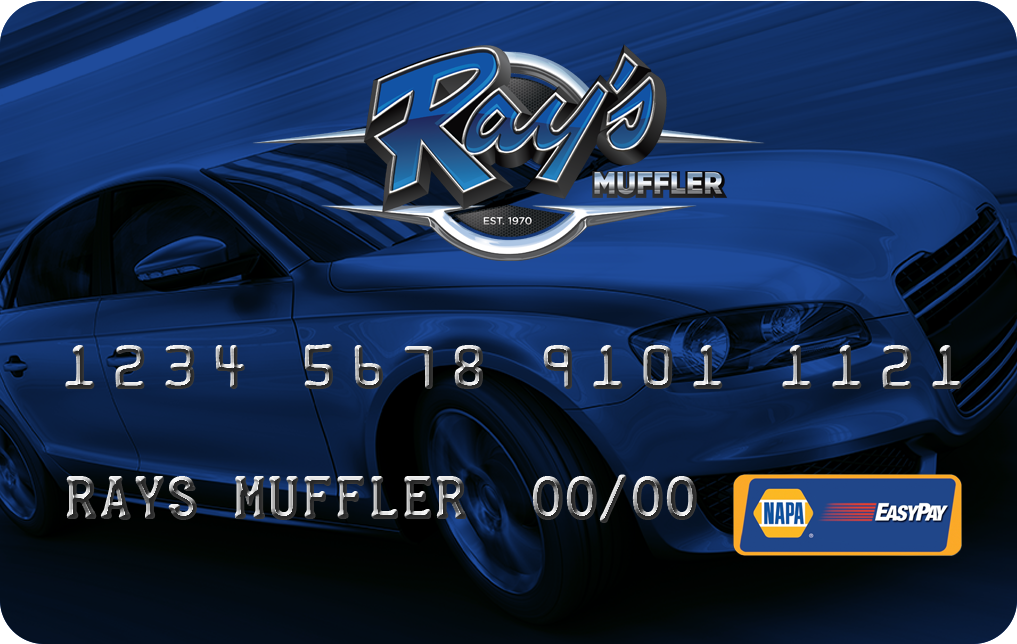
Leave a Reply